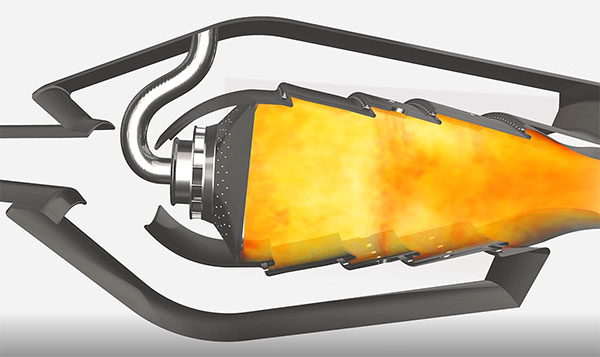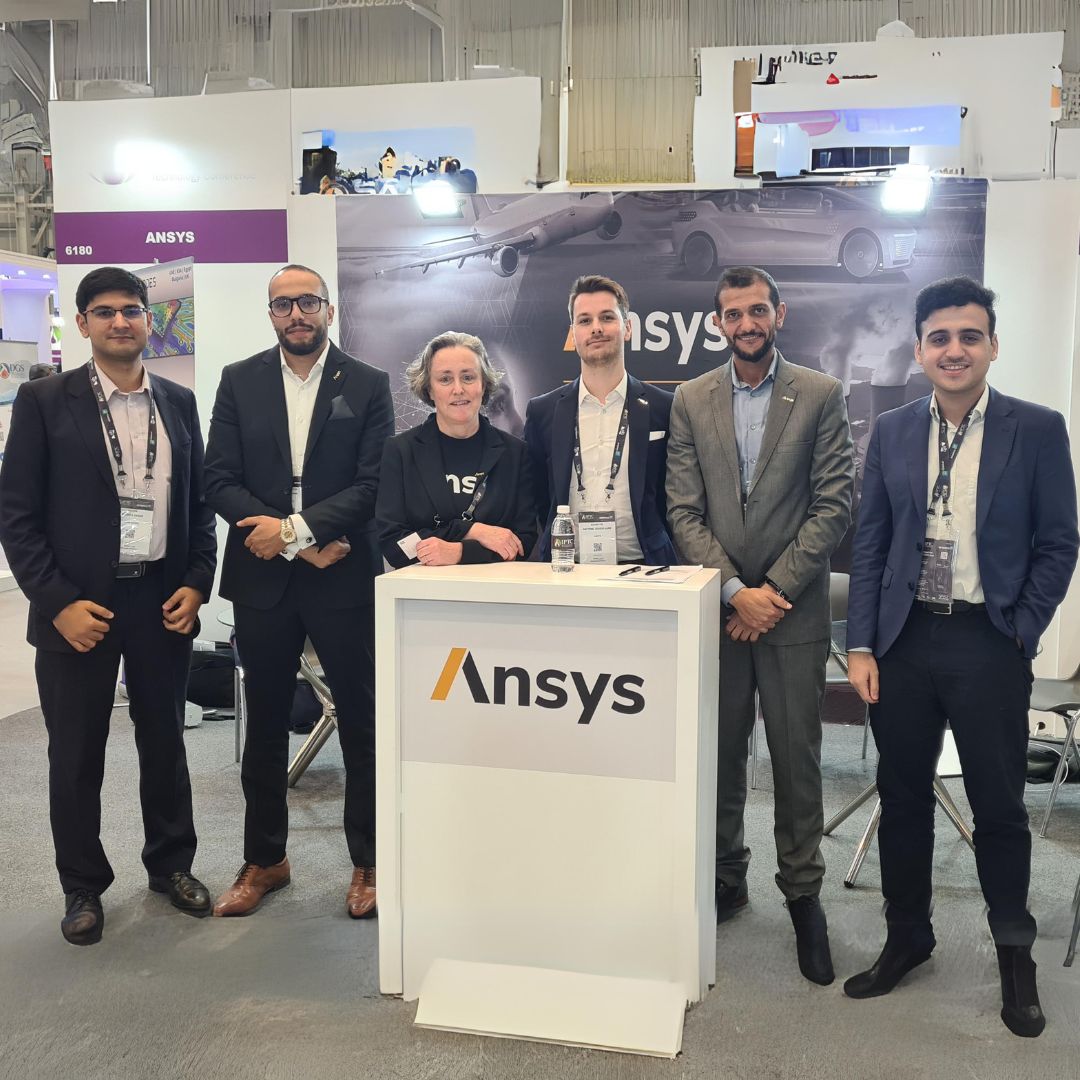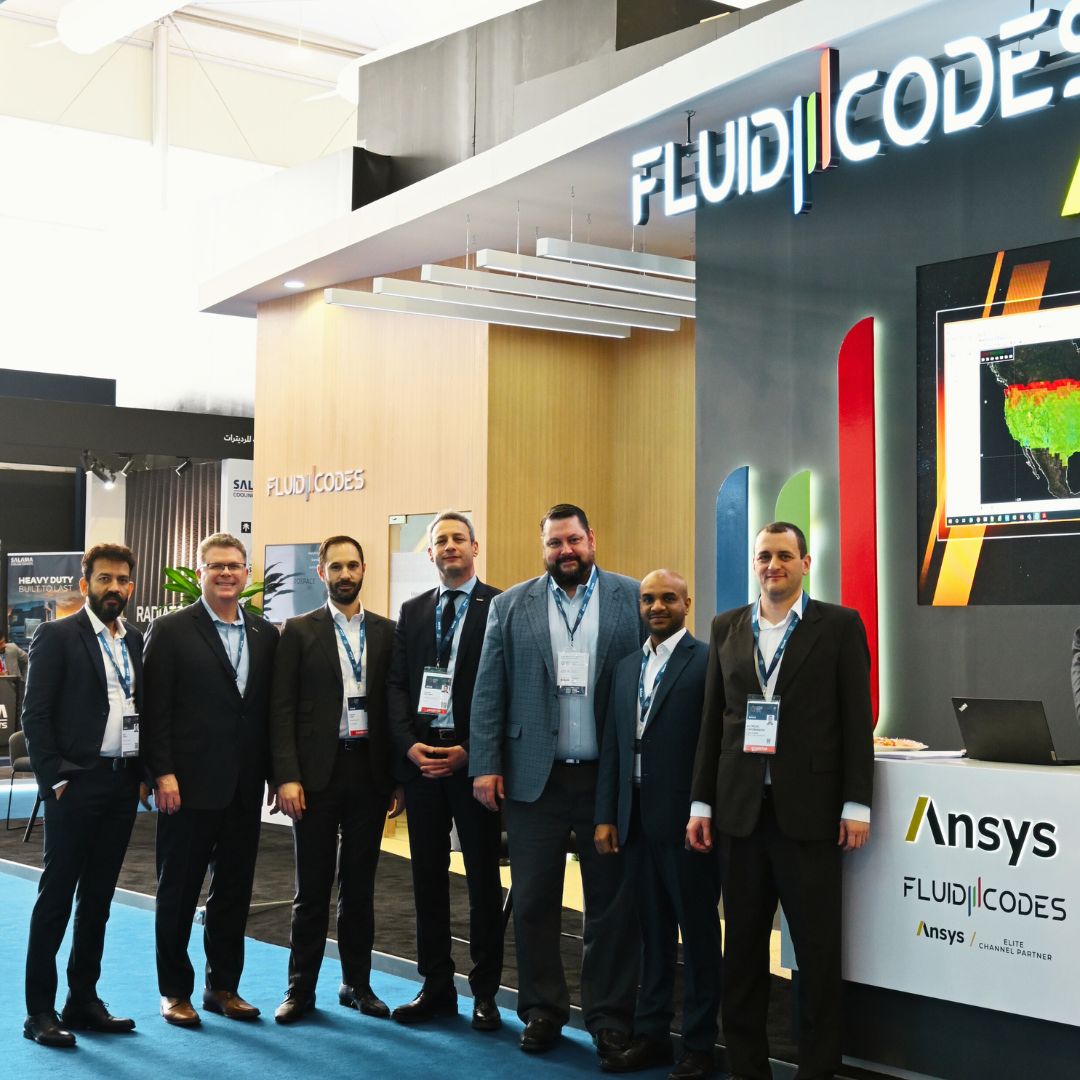How Simulations Unlock Gas Turbine Design – Best Practices

Gas turbine engines have various military and civil applications on land, air and sea. But as complex and versatile as they are, they all perform the same function: moving air to generate power or thrust.
These engines follow the Brayton cycle: Air is sucked into the intake and compressed to a high pressure ratio. It is then mixed with fuel in the combustor module where it achieves complete combustion.
The combustion gases reach the turbine inlet at the highest temperature possible. The gases then expand in the turbine, which drives the compressor and generates the power or thrust
Though the concept behind each engine is the same, developing the ideal model for a particular design demands a significant investment of time and money. It can take years and cost millions of dollars to optimize the right engine for the right application.
As a result, simulation has become a key part of gas turbine design. It enables engineers to digitally test and optimize the turbine before building physical prototypes.
.

Simulation-Led Gas Turbine Design
Simulation helps engineers streamline the gas turbine design process, reduce costs, accelerate time to market and minimize overdesign. By using digital testing early in development, design changes can be made quickly and more affordably.
While physical prototype testing remains useful, simulation offers the opportunity to use less of it and to apply it for validations and final certification.
By exploring the design space digitally, and early in development, engineers can avoid costly, late-stage redesigns. Gas turbine rig or engine testing becomes verification rather than discovery.
Ansys offers an end-to-end simulation solution that enables engineers to design, optimize and test their next-generation gas turbines in a multidisciplinary virtual design space. Transitioning to a simulation-led design workflow is easy and streamlines the design of the entire gas turbine system — from the inlet to the exhaust.
Simulation Helps Engineers Balance Optimization Parameters
One of the key benefits of simulation-led design is that it helps engineers balance various optimization parameters early in development.
This means that engineers are better equipped to develop the right engine for the intended application.
Gas turbine designs typically focus on four, often competing, requirements:
- Efficiency and performance
- Durability and safety
- Environmental regulations
- Cost and time to market
The efficiency and performance requirements for a propulsion jet engine won’t be the same for a gas turbine that will eventually power and propel a naval ship. Simulation can be used to search the design space and tune, validate or optimize engine designs until the gas turbine engine meets both the mission and the customer’s requirements.

How Simulations Optimize Gas Turbine Designs
Once engineers create a model of their gas turbine design, they can run simulations to tune its overall performance.
For instance, computational fluid dynamics (CFD) is used to tune a system until the overall pressure ratio and turbine inlet temperature are increased to a point that the design meets target efficiency and fuel consumption requirements.
Next, engineers can perform thermo-structural analysis to assess the design’s durability. This helps them ensure it meets long service life and safety requirements, while avoiding expensive warranty costs or redesigns. Engineers will also need to ensure that the design will meet future, increasingly stringent environmental regulations. Emissions, therefore, are an important consideration in determining the design’s service life.
Another way that engineers ensure the engine has a long service life is by designing safety margins and minimizing thermo-mechanical fatigue and other failure modes. Characterization of materials that can sustain high temperatures, the use of thermal barrier coating and the adoption of accurate lifing methods can ensure the engine is safe and durable while reducing cost due to overdesign.
Clearly, there are a lot of parameters engineers need to juggle when developing a gas turbine design. The best way to do this is to minimize physical trial-and-error testing and adopt faster, more affordable and streamlined simulation methods. To learn about the latest updates for gas turbines, download this webinar.




